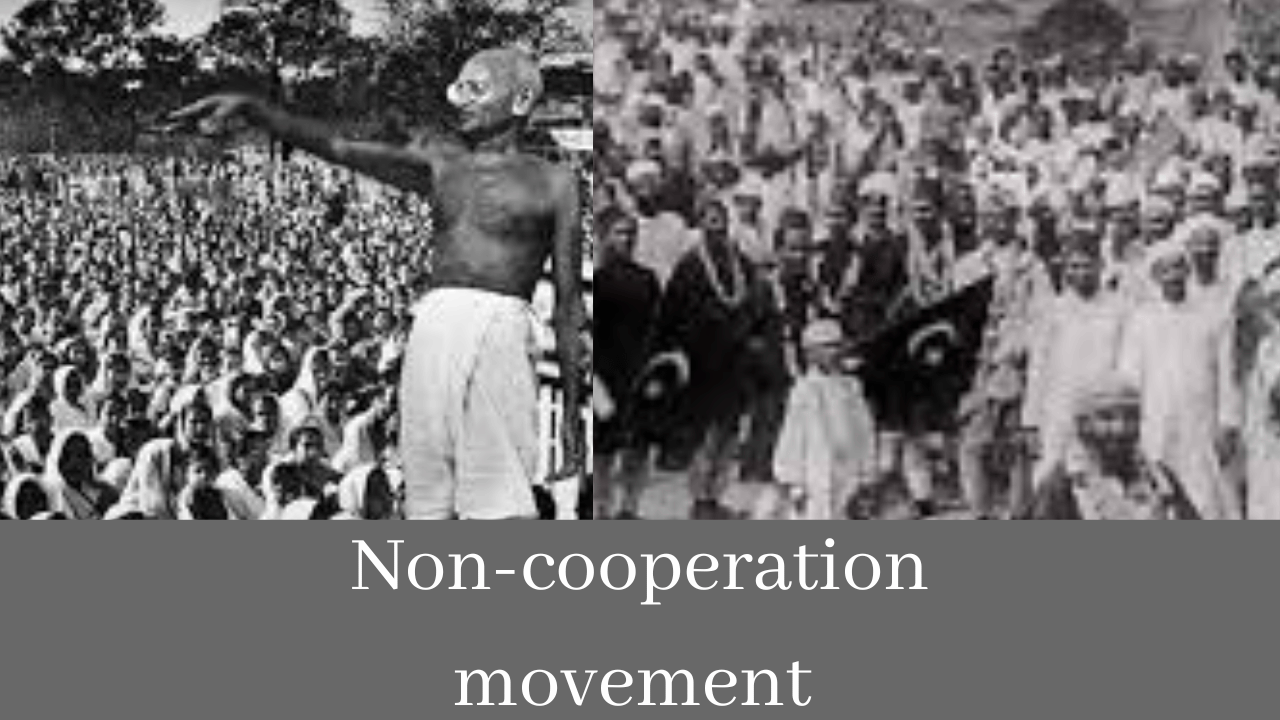The “Carnatic Wars were a series of military conflicts between the British East India Company and the French East India Company, with involvement from the Nawab of Carnatic and the Nizam of Hyderabad. Three Carnatic Wars were fought between 1744 and 1763, with the British emerging victorious and consolidating their foothold in India.”The French power, which had peaked during Dupliex’s governorship, had dwindled and evaporated by the early 1760s. The wars were an extension of the rivalry between the two main European powers, Great Britain and France, who were striving to maximize their influence in India.

Causes of Carnatic Wars

“The First Carnatic War was an offshoot of the Austrian War of Succession on the front of India, while the Second Carnatic War was caused by a war of succession between the son and grandson of the deceased Nizam-ul-Mulk. The French were initially victorious, but the English eventually made Muhammad Ali the Nawab of Carnatic. The Third Carnatic War, which began as the Seven Year War in Europe, saw the French face humiliation and lose their influence in India. The British emerged with enhanced prestige and the power to choose the fate of Muslim rule in India. The battles were significant in Indian history and were fought over trade monopolies and military supremacy. The conflicts primarily weakened the native rulers of the region and were won by the British East India Company.”
The wars were fought mainly in the southern part of India and were a prelude to the “Seven Years’ War” and the “French Revolution.” The British ultimately emerged victorious due to their superior naval power and resources, leading to their eventual domination of India. The wars had significant consequences for both India and the wider world, and understanding their history is important for Indian citizens.
First Carnatic War
The first war began in 1746 and lasted until 1748, with the French supporting Dost Ali and the British supporting Muhammed Ali in a power struggle over the Nawab of Arcot’s death. In 1746, the conflict began when the “French governor of Pondicherry,” Dupleix, tried to annex the small kingdom of Chandannagar. The First Carnatic War was a significant event not just for India but also for the wider world. The consequences of the First Carnatic War were “severe depletion of the French treasury, damage to the prestige of the French East India Company, and the increase of the power of the British East India Company.”
Second Carnatic War
The Second Carnatic War occurred from 1749 to 1754 and was a fight for power between various Indian claimants to power, each supported by the French or the British. Triggered by a succession struggle in Hyderabad, the conflict saw two candidates for the Nawabship of the Carnatic: Anwar-ud-Din and Chanda Sahib.
French support for Muzaffar Jang and Chanda Sahib saw them gain control of the Carnatic, with Dupleix, a French governor-general, officially appointed Nawab of the area south of the River Krishna. The French also gained new possessions near Pondicherry and a vast amount of money. French dominance in southern India was eventually secured when Muzaffar Jang was proclaimed Viceroy of the Deccan.
Third Carnatic War
The third Carnatic War occurred from 1756 to 1763 in India. It explains the weakened state of Mughal India after Aurangzeb’s death, with subsequent rulers lacking the same level of power. This weakness was exploited by the British and French, who entered Indian politics during this time. The conflict was between the “British East India Company,” represented by army officer Robert Clive, and the “French East India Company,” represented by Joseph Francois Duplex, who wanted to expand French influence in the territory. The war ended with the emergence of the British as the most powerful force and marked the beginning of the establishment of the “British Raj” in India. In the third Carnatic War, “Sir Eyre Coote” defeated the French forces, and the French capital came under the influence of British power.
The “first war” highlighted India’s legislative and military weakness toward European nations, leading to increased European involvement in Indian governmental affairs. The “second war,” which was caused by the “death of a native ruler,” demonstrated the importance of naval force and ultimately led to the decline of French political influence in India. The “third war” ended in a successful treaty for the French but also marked the dominance of the English as the leading European force in India.
Significance of Carnatic Wars
The first two wars were won by the British, with the second being a result of the rivalry between the two powers in the Deccan region. In 1756, the third war began during the “Seven-Year War in Europe,” with engagements occurring in 1757. The French captured parts of the Carnatic but failed to capture British strongholds, while the British succeeded in capturing French strongholds in Bihar and Bengal. The major engagements occurred after the appointment of Count de Lally as commander and governor of French forces in India.
Conclusion
In conclusion, the “Carnatic Wars were a series of military conflicts between the British East India Company and the French East India Company in the 18th century.” The wars were fought over trade monopolies and military supremacy, with the British emerging victorious and consolidating their foothold in India. The battles were significant in Indian history, weakening the native rulers of the region and marking the beginning of British rule in India. The conflicts highlighted the importance of naval force and demonstrated the weakness of Indian governance, leading to increased European involvement in Indian governmental affairs. Ultimately, the Carnatic Wars contributed to the decline of French political influence in India and the dominance of the British as the leading European force in the region.




